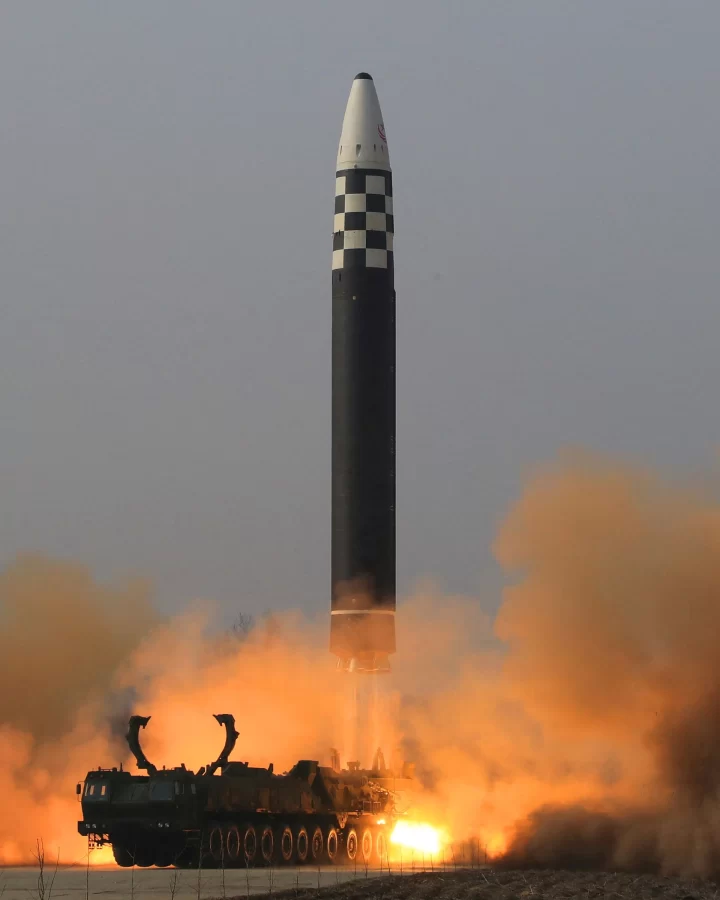North Korea conducts missile launches close to, over Japan
On October 6, North Korea launched an intermediate-range ballistic missile over Japan, triggering missile warning alarms across Northern Japan, flying 2,800 miles over Japan into the Pacific Ocean.
North Korea said on October 4, that one of the previous launches was a simulation of loading tactical nuclear warheads to neutralize South Korean airports. Jeffrey Lewis, director of the East Asia Nonproliferation Program and professor at the Middlebury Institute of International Studies, said North Korea’s announcements Monday indicated potential progress in its missile program.
“What I find notable is that these launches are not framed as tests of the missiles themselves, but rather of the units that launch them. That suggests these systems are deployed,” Lewis said on Twitter.
Over the course of two weeks, North Korea conducted 7 missile tests near the U.S. ally Japan, which caused the deployment of a U.S. naval strike force to the area. On October 7, the U.S. aircraft carrier USS Ronald Reagan and its strike force composed of the missile cruiser USS Chancellorsville and destroyer USS Benfold was deployed to the sea east of Korea, where the ships had joint exercises with South Korean and Japanese ships to practice hunting and destroying North Korean missiles in the air. On October 8, North Korea launched two more ballistic missiles, the first traveling 217 miles, and the second going close to 500 miles, again threatening Japan and Korea.
North Korean state media claims that the launches were part of a series of simulated procedures intended to demonstrate its readiness to fire tactical nuclear warheads at potential targets in South Korea. The KCNA (a North Korean state-run media) says the series of seven drills showed that North Korea’s “nuclear combat forces” are “fully ready to hit and wipe out the set objects and intended places in set time.”
North Korea claims that the tests are simulations of war with South Korea, practicing the loading and launching of North Korea’s nuclear arsenal at South Korea and its ally, Japan. The missiles were also launched from different locations, including one coming from an underwater silo, to practice evading missile defense systems.
“I think [the North Korean government] is trying to show their power and their strength and maybe trying to anger their neighbors,” Niles North social studies teacher Mary Richards said.
In the next few months, people should be expecting a possible escalation of already mounting tension in the region if North Korea continues its missile exercises. If North Korea stops the launches, there could be a period of no tension as there was during COVID.

Henry Rothenbach is a junior at Niles North who has been with North Star News since freshman year. He enjoys reading and writing in his free time.







